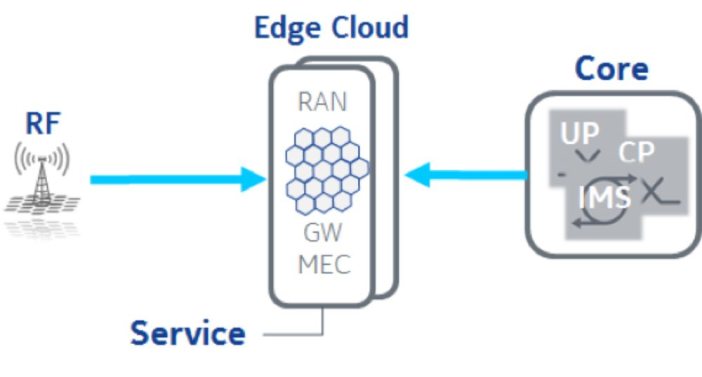The most important decision operators need to make in 2018 is how aggressive and in what direction they should take 5G over the next 2-3 years. The challenge is that spend needs to be aligned with value as best as possible. One way to look at this is to consider what operators need to maintain existing services versus enabling new revenue-generating opportunities.
First, as we know, the demand for wireless data continues unabated and must be supported. An obvious question then is how long can LTE service meet that demand? Putting it another way, when do we hit LTE exhaust and when are we forced to move to 5G?
The calculation is relatively simple. After coverage rollouts have completed and density is at the maximum practical level, the only remaining feature to improve LTE capacity is through something called “massive MIMO” (mMIMO)—often specified as a number of transceivers, e.g., 32TRX. However, antenna size and weight increase with the number of TRX and efficiency diminishes beyond a certain point. In short, LTE capacity evolution is not infinite. In the simulation shown below, mMIMO deployments start across an operator’s network in 2018, peaks in 2019, yet still, “exhaust” is predicted in 2020.

If no new licensed spectrum is available and densification has been maximized already, then the only remaining options are to consider LAA (unlicensed spectrum), CBRS (shared spectrum) or re-farming LTE to 5G. LAA and CBRS are options, but because of the restricted power output levels specified for them by the FCC, those spectrum options are limited in terms of coverage—unlike 5G. The alternative, re-farming LTE, results in greater spectral efficiency versus LTE (and thus capacity), while also improving coverage. But its gains are also not infinite; think of being able to support one to two more years of capacity growth, and that is about right.
What then is the value of this concept, “LTE exhaust”? It helps to identify whether an existing LTE network can service consumer demand until new spectrum is available for 5G, or whether operators need to consider the options noted above before then. And that is undoubtedly valuable input for network planners.
With basic survival covered by this concept of LTE exhaust, let’s move now to the next consideration in any 5G plan, namely adding new services.
5G has three capability pillars: enhanced mobile broadband (eMBB), massive IoT (mIOT) and low latency. We assume every operator will use 5G for eMBB and since the planning for such networks is well understood, it doesn’t need any further discussion here. Likewise, IoT is well understood and will be launched in LTE. The only decision for 5G relates to the availability of devices, which are likely years away. That leaves us with low latency. Ironically, this is the capability most discussed, with the most impact on network designs, and, thus, is perhaps the most difficult one to address.
The problem is that low latency is very costly if deployed widely and can take years to implement. A low latency service requires the physical distance between the subscriber (or IoT device) and the end service to be shorter than it typically is today. That means moving functions like gateways (GWs) and content away from the center of the network towards the edge as shown below. This needs real estate and fiber investments that are likely significant. The alternatives are to consider “on demand” or geographically focused deployments, where operators offer the service only on a limited basis. But that approach has risks. Imagine a competitor has deployed low latency network-wide. Responding to that can take years, if even possible. If low latency use cases were to take off, that would imply a difficult recovery. And so, it all boils down to whether there is a belief in low latency use cases or not, and whether they will be nationwide or hot spot in nature. The time to make that decision is now.

Coming back to the original question, when and how aggressive should an operator evolve LTE and move to 5G? For today’s mobile broadband, LTE can evolve to a point; after that 5G re-farming may need to be considered and based on somewhat predictable capacity demand. 5G mobile broadband and IoT do not imply complex decisions other than timing. The challenge is in low latency services, one of the key pillars of 5G, where the outlook is far less predictable, but potentially high impacting.
With 5G mobiles debuting in early 2019, calls need to be made now regarding network architectures—with the potential of determining future winners and losers in the 5G race.
The post LTE exhaust and making the 5G call: winners & losers (Reality Check) appeared first on RCR Wireless News.
